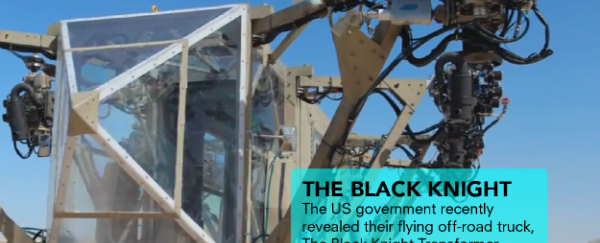
Got $280,000? Congratulations - your wait for a flying car is almost over. The Terrafugia Transition drives like a normal car, so you can hop in and drive yourself to your local airfield. The vehicle then transforms into an aircraft that can travel for 740 kilometres on a single tank of regular unleaded petrol. Terrafugia, a US-based manufacturing company, also offers a model that doesn't need a runway - it uses a megawatt of power to achieve vertical take-offs.
The PAL-V - a contraption built in the Netherlands - is more of a gyrocoptor-style vehicle, which foldable helicopter blades for take-off. You won't be flying these to your local pub any time soon - they're designed more for security, medical and defence purposes. Head to RiAus's site to see the designs of more flying cars that are slowly making their way to the market.
Okay, so there are a few flying car options floating around. But what about those flying cars in Futurama that drive just like cars, but in the air? Well, those are a little bit trickier, says the latest episode of A Week In Science, because a vehicle that makes you feel like you're driving in air needs to be able to defy gravity. Which isn't entirly impossible.
One idea is magnetic levitation - all we'd need to do is install a bunch of magnetic superconductors in our roads and magnets with the same polarity into our cars. This causes the magnets to repel each other, making the car float just above the road. But of course, hovering above a set track isn't exactly what we had in mind. Looks like we're going to have to wait a few more decades for this sci-fi pipe dream to inch closer to a reality.
But here's a mind-blowing fact - the first flying car was actually built in the 1930s. The 1930s! That's three decades before the colour television! Watch RiAus's A Week In Science above to find out more.
